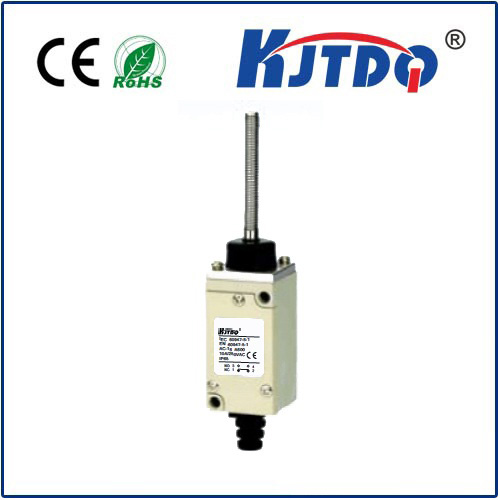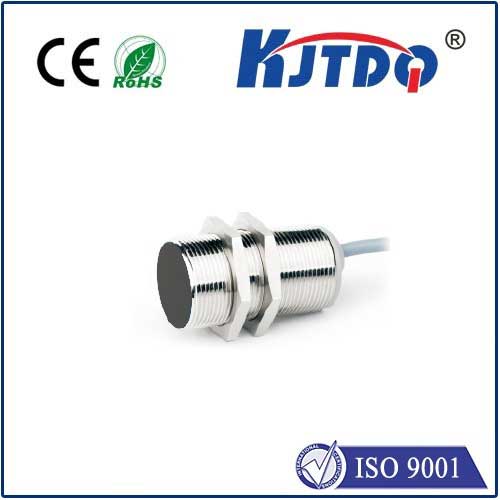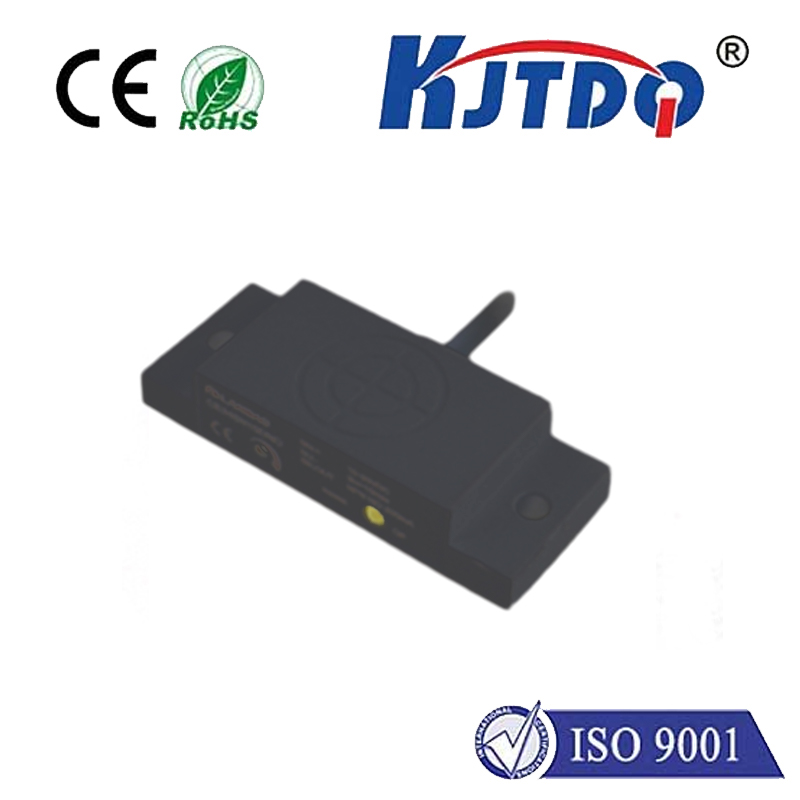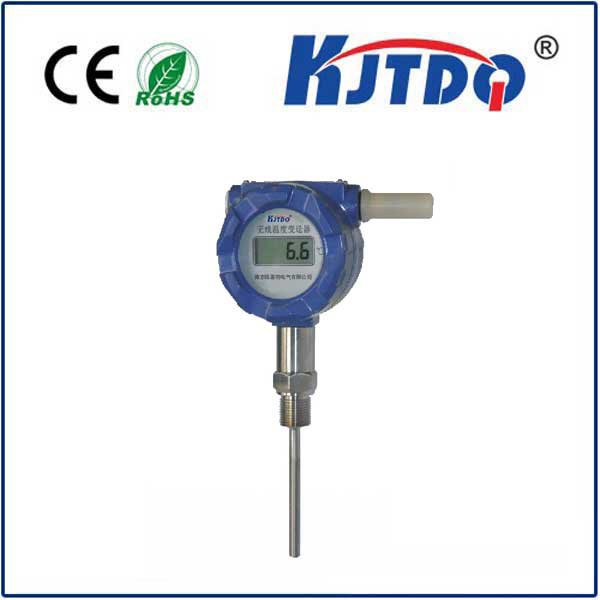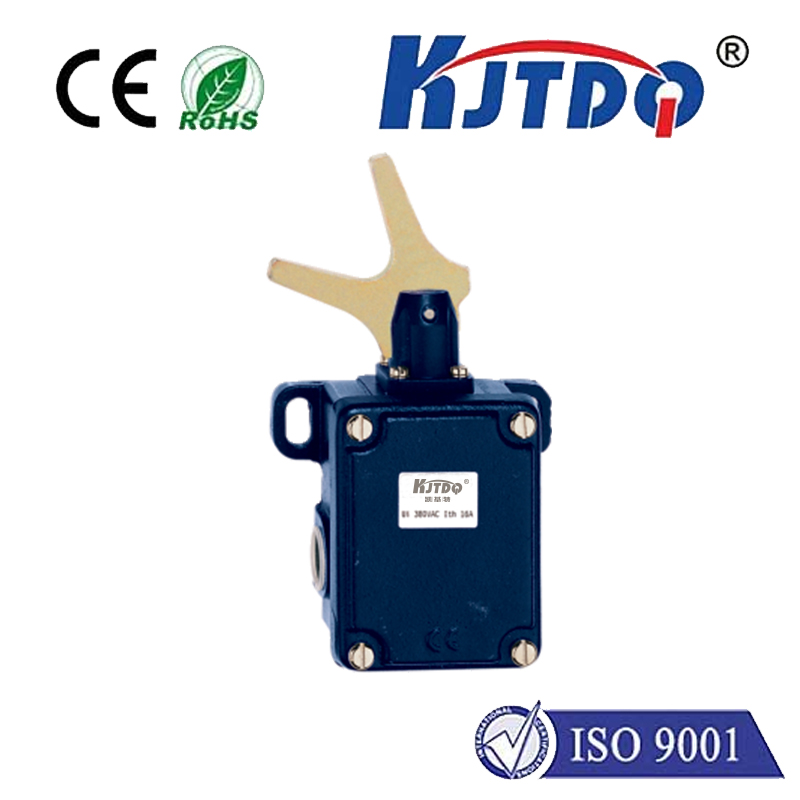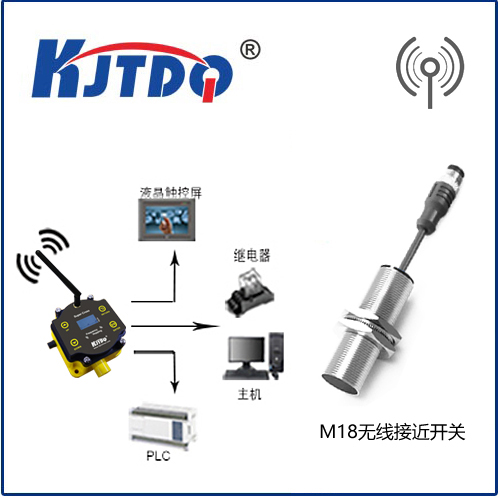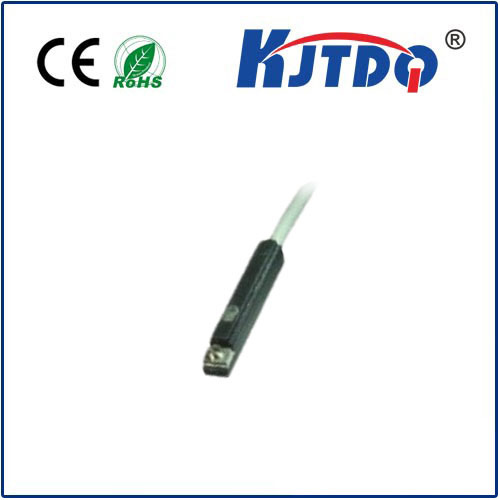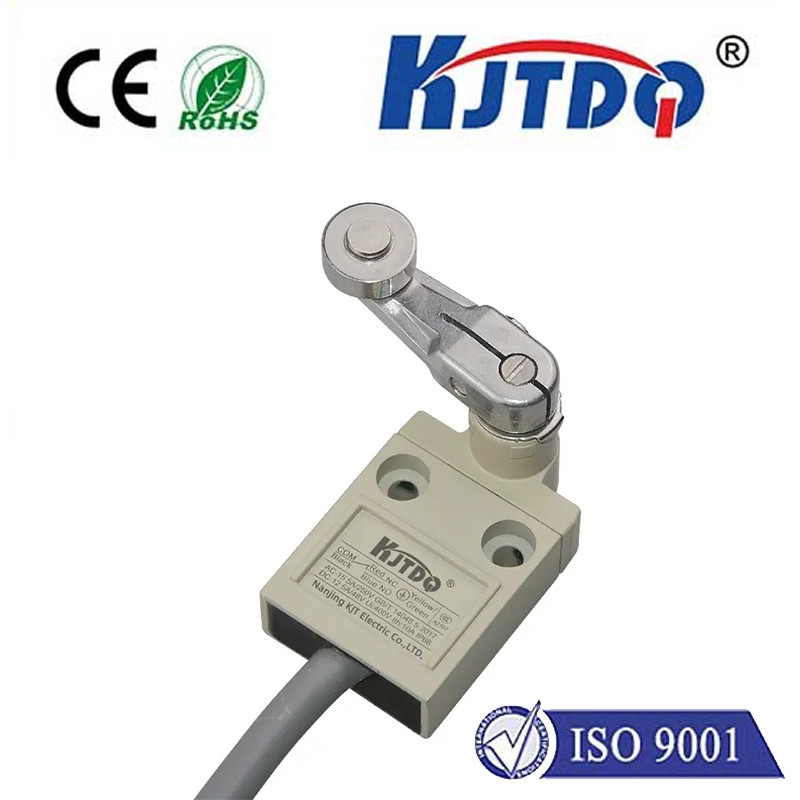
Проверка

Проверка

Проверка

Проверка

Проверка

Проверка
Imagine your devices reacting before you even touch them. Your smartphone screen dims during a call, automatic doors slide open as you approach, a robot gracefully avoids obstacles. This seamless interaction, this sense of invisible awareness, is often powered by a humble hero: the датчик приближения. And when you combine the versatility of proximity sensor Arduino projects, a universe of interactive electronics creation opens up. This guide dives deep into integrating various proximity sensors with your Arduino board, empowering you to build responsive, intelligent systems that sense the world around them.
What Exactly is a Proximity Sensor?
At its core, a датчик приближения detects the presence or absence of an object within a specific range without physical contact. Unlike a simple push button, it works its magic remotely. These sensors convert information about an object’s distance or presence into an electrical signal your Arduino can understand. This fundamental capability is the bedrock of countless automation and interaction projects. Common types you’ll frequently use with Arduino include:
Why Arduino and Proximity Sensors are a Perfect Match

The Arduino Uno, Nano, Mega, or other boards in the ecosystem are the ideal brains for interpreting signals from proximity sensors. Here’s why this combination is so powerful:
HIGH/LOW) indicating presence/absence, or provide data (like distance) via easily readable pulses. Arduino excels at reading these signals.sketches) that dictates how your project reacts to sensor input. Need a light to turn on when someone approaches? An alarm to sound if an object gets too close? A servo to move based on distance? Arduino makes it happen.NewPing for ultrasonic sensors), and code examples specifically for proximity sensor Arduino integration exists online. You’re rarely starting from scratch.Bringing it to Life: Wiring and Basic Code
Let’s look at wiring and code for two common types. Remember to always check your specific sensor module’s datasheet for precise pinouts and voltage requirements!
1. HC-SR04 Ultrasonic Sensor (Distance Measurement):
VCC to Arduino 5VGND to Arduino GNDTrig to any Arduino Digital Pin (e.g., D2)Echo to any Arduino Digital Pin (e.g., D3)#define trigPin 2
#define echoPin 3
void setup() {
Serial.begin(9600);
pinMode(trigPin, OUTPUT);
pinMode(echoPin, INPUT);
}
void loop() {
// Clear trigPin
digitalWrite(trigPin, LOW);
delayMicroseconds(2);
// Set trigPin HIGH for 10 microseconds to send pulse
digitalWrite(trigPin, HIGH);
delayMicroseconds(10);
digitalWrite(trigPin, LOW);
// Read echoPin, returns sound wave travel time in microseconds
long duration = pulseIn(echoPin, HIGH);
// Calculate distance (Speed of sound ~343 m/s = 0.0343 cm/us; Divide by 2 for round trip)
int distance = duration * 0.0343 / 2;
Serial.print("Distance: ");
Serial.print(distance);
Serial.println(" cm");
delay(100); // Small delay between readings
}
This sketch sends a sonic pulse, times the echo return, and calculates the distance in centimeters, printing it to the Serial Monitor.
2. IR Obstacle Avoidance Sensor (Presence/Absence):
VCC to Arduino 5VGND to Arduino GNDOUT to any Arduino Digital Pin (e.g., D4)#define sensorPin 4
void setup() {
Serial.begin(9600);
pinMode(sensorPin, INPUT);
}
void loop() {
int sensorValue = digitalRead(sensorPin);
// Typically LOW when obstacle detected (reflects IR), HIGH when clear
if (sensorValue == LOW) {
Serial.println("Obstacle Detected!");
} else {
Serial.println("All Clear");
}
delay(50); // Short delay for stability
}
This sketch reads the digital output of the IR sensor and prints a message based on whether an obstacle is detected within its range.
Essential Considerations & Best Practices
GND). For sensors requiring more current (like some ultrasonic modules), consider using an external power source regulated to the correct voltage (usually 5V) and connect its ground to the Arduino ground. Powering multiple high-current sensors directly from the Arduino’s USB port can cause instability or reset.smoothing) or using thresholds with hysteresis to prevent erratic triggering. The Arduino smoothing example is a good starting point.